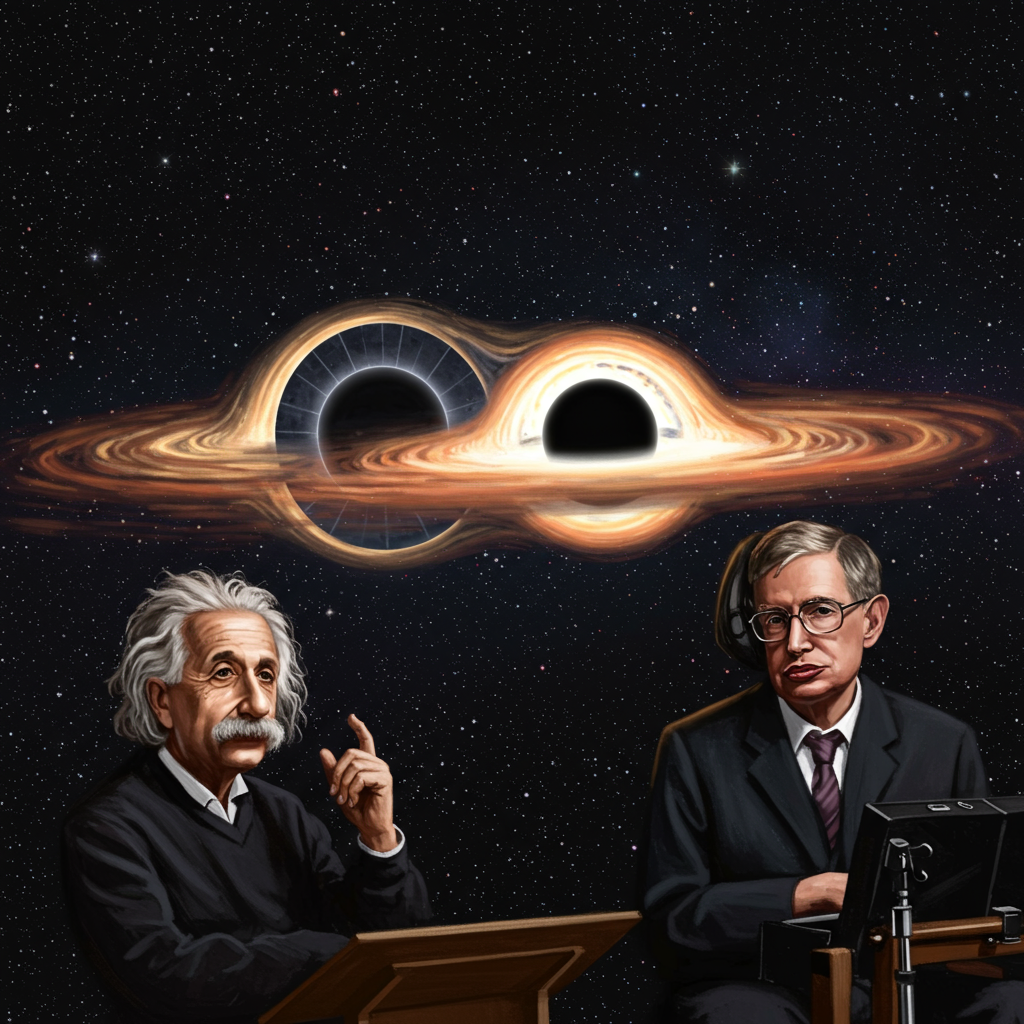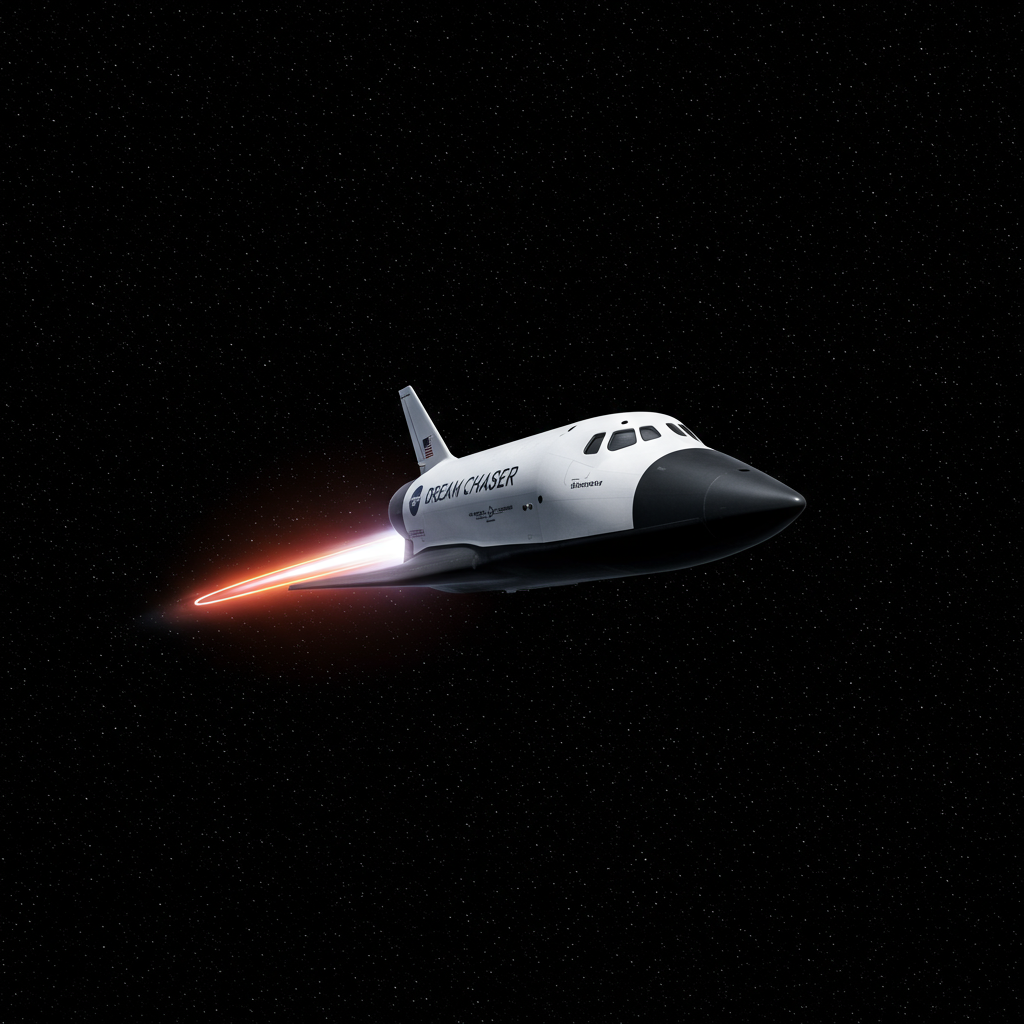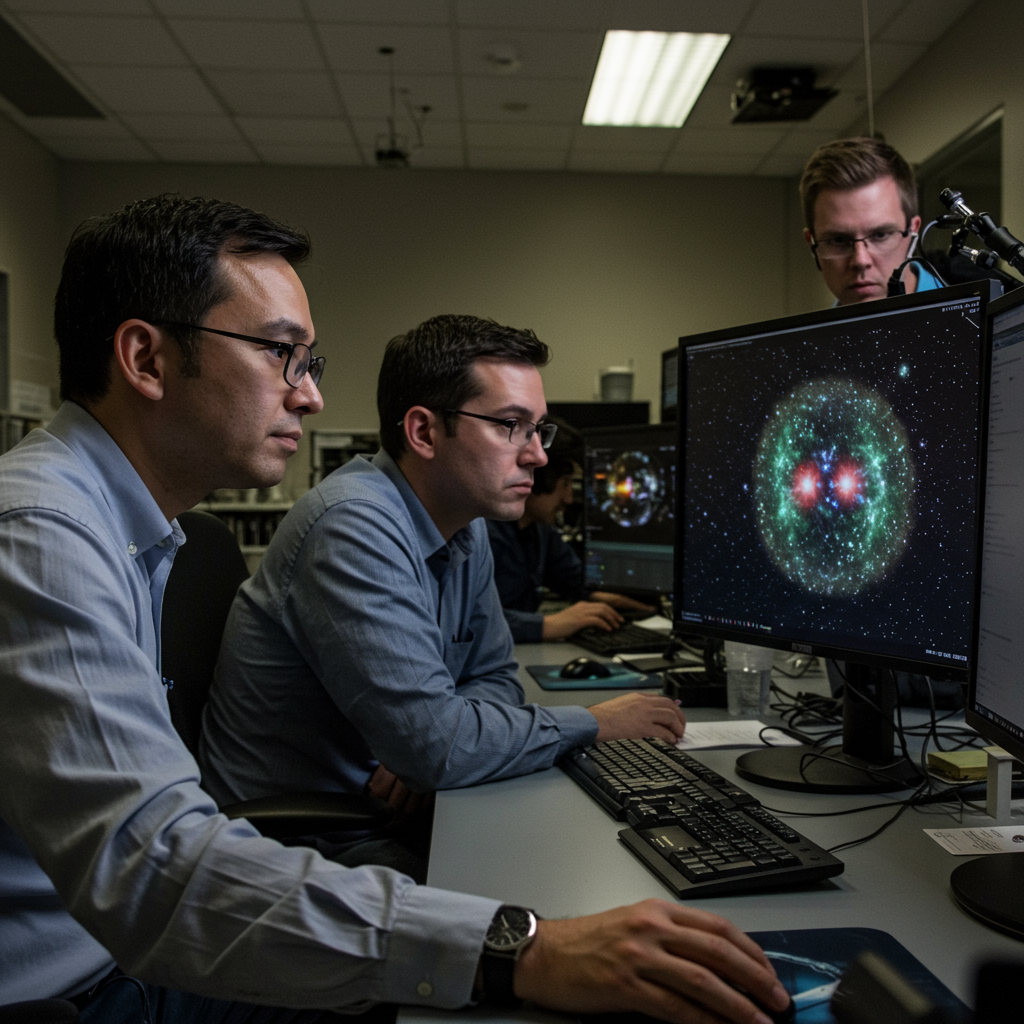A groundbreaking black hole collision detected with unparalleled clarity has provided the strongest observational evidence yet for long-standing predictions from legendary physicists Albert Einstein and Stephen Hawking. This cosmic event, dubbed GW250114, offers an unprecedented glimpse into the fundamental nature of black holes and the very fabric of spacetime, validating theories once thought impossible to test. The detailed analysis of this powerful merger marks a pivotal moment, cementing our understanding of these mysterious objects and paving the way for new discoveries in astrophysics.
A Cosmic Roar Heard Across Billions of Light-Years: The GW250114 Event
In January 2025, the Laser Interferometer Gravitational-Wave Observatory (LIGO) — a pair of sophisticated detectors in Louisiana and Washington — registered faint ripples in spacetime, known as gravitational waves. These waves emanated from the violent merger of two colossal black holes, roughly 1.3 billion light-years away. Each progenitor black hole was between 30 and 35 times the mass of our sun, spiraling together in an almost perfect circle before coalescing into a single, much larger black hole approximately 63 times the sun’s mass, spinning rapidly at 100 revolutions per second.
This event, GW250114, bears striking similarities to the very first gravitational wave detection, GW150914, a decade ago. However, thanks to significant technological advancements, the signal from GW250114 was captured with astonishing clarity — almost four times “louder” and three times more precise than the inaugural detection. This enhanced sensitivity allowed astronomers to delve into the intricate “ringing” left behind by the newly formed black hole, extracting details previously unattainable. Maximiliano Isi, an astrophysicist leading the study for the LIGO-Virgo-KAGRA Collaboration, emphasized that this observation provides a “totally new view into the dynamics of space and time.”
The Silent Symphony of Spacetime: Gravitational Waves Unveiled
The detection of gravitational waves is the sole method for identifying black hole collisions from Earth. Albert Einstein first predicted these elusive spacetime ripples in 1915 as a cornerstone of his general theory of relativity. Paradoxically, Einstein himself believed these waves would be too weak for human technology to ever detect. Yet, in September 2015, LIGO defied these expectations, making the first direct observation, a feat that earned three key scientists a Nobel Prize.
LIGO, supported by sister instruments Virgo in Italy and KAGRA in Japan, operates by detecting minuscule distortions in space caused by passing gravitational waves. These distortions are incredibly subtle, amounting to a change in distance “1,000 times smaller than the radius of the nucleus of an atom,” as Isi describes it. Detecting such faint signals is often likened to finding a needle in a haystack, or “hearing aids” helping scientists discern cosmic whispers. Since its debut, LIGO and its partners have observed over 300 black hole mergers, revolutionizing astronomy and opening an entirely new window into the universe.
Hawking’s Profound Legacy: The Unyielding Growth of Black Hole Horizons
One of the most profound predictions validated by GW250114 concerns Stephen Hawking’s 1971 area theorem. This fundamental principle states that when two black holes merge, the total surface area of their event horizons (the point of no return) must always increase or remain the same; it can never decrease. This theorem draws a deep connection between black holes and thermodynamics, mirroring the law that entropy, or disorder, in a closed system can only increase.
Previous LIGO observations offered hints of this theorem’s validity, but the unprecedented clarity of GW250114 provided definitive proof. Researchers precisely measured the combined surface area of the two initial black holes, calculated to be approximately 240,000 square kilometers (about the size of Oregon). After their merger, the resulting single black hole was measured to have an event horizon surface area of about 400,000 square kilometers (roughly the size of California). This observed increase directly and compellingly confirmed Hawking’s theory. Kip Thorne, a Nobel laureate for his work on LIGO, noted that Hawking, who passed away in 2018, would have “reveled in seeing the area of the merged black holes increase,” having specifically asked Thorne a decade prior if LIGO could test his theorem.
Einstein’s Enduring Vision: The “No-Hair” Simplicity of Black Holes
The GW250114 event also offered robust evidence for another cornerstone of black hole physics: the “no-hair” theorem. Building upon Einstein’s general relativity, New Zealand mathematician Roy Kerr first proposed in 1963 that black holes are paradoxically simple objects. This theorem suggests that, despite their mysterious nature, black holes are entirely characterized by just two numbers: their mass and their spin. All other information about matter that falls into them — the “hair” — is lost behind the event horizon.
To test this elegant simplicity, scientists listen for the unique “ringing” or vibrations produced by a newly formed black hole as it settles after a merger. Much like striking a bell, the pitch and duration of these gravitational wave “sounds” reveal the object’s fundamental properties. The exceptional signal from GW250114 allowed researchers to identify not just a fundamental ringing mode, but also a fainter harmonious “overtone” — a first for gravitational wave astronomy. Isi explained that detecting these two distinct components enabled scientists to confirm that the observed black hole is consistent with being described by only its mass and rotation. This powerful confirmation of the Kerr metric helps rule out exotic objects that might mimic black holes, reinforcing that the final object is indeed a black hole as predicted by Einstein’s theory.
LIGO’s Unprecedented Precision: A Decade of Discovery
The decade since LIGO’s inaugural detection has seen remarkable technological strides. Key components, including its lasers and mirrors, have been upgraded, boosting its sensitivity by approximately four times. This allows it to detect spacetime distortions smaller than one ten-thousandth the width of a proton. Such improvements were crucial for capturing the high-fidelity signal of GW250114, transforming “whispers into shouts.”
The international LIGO-Virgo-KAGRA collaboration now routinely detects black hole collision events, with mergers identified roughly every three days. This prolific rate has led some to suggest the field might be better termed “black hole astronomy” rather than “gravitational wave astronomy.” These ongoing discoveries are not only confirming fundamental theories but also creating an entirely new branch of astronomy, enabling the study of cosmic phenomena previously unimaginable. While LIGO faces potential future funding challenges, its current achievements underscore the profound power of gravitational waves in unlocking the universe’s secrets.
Beyond Confirmation: Implications for the Future of Physics
The definitive confirmation of Hawking’s area theorem and the “no-hair” theorem through the GW250114 event has far-reaching implications. It strengthens Einstein’s general theory of relativity as the “operating system” for understanding gravity on cosmic scales. Furthermore, validating these seminal theoretical works decades later with advanced instruments could provide crucial clues for one of physics’ most sought-after goals: unifying general relativity with quantum mechanics, which describes the subatomic world.
LIGO’s continuous stream of observations promises to provide even more precise tests of our understanding of spacetime and gravity in the coming years. Scientists anticipate that future generations of detectors, potentially under construction within the next decade, will be ten times more sensitive. These advancements could facilitate tests of exotic scientific theories, and potentially offer insights into the elusive nature of dark matter and dark energy — the universe’s mysterious missing components. The universe, it seems, has many more gravitational wave signals to share.
Frequently Asked Questions
How did the GW250114 black hole collision confirm Stephen Hawking’s Area Theorem?
The GW250114 event provided the clearest evidence yet for Hawking’s 1971 theorem, which states that the total surface area of a black hole’s event horizon can never decrease during a merger. By precisely measuring the initial areas of the two colliding black holes (approximately 240,000 square kilometers combined) and comparing them to the final area of the merged black hole (around 400,000 square kilometers), scientists observed a definitive increase. This direct measurement, enabled by LIGO’s enhanced sensitivity, conclusively validated Hawking’s profound prediction.
What is the “no-hair” theorem, and how was it validated by the GW250114 observation?
The “no-hair” theorem, derived from Einstein’s relativity, posits that black holes are incredibly simple objects fully described by just two characteristics: their mass and their spin. The GW250114 observation validated this by analyzing the “ringing” gravitational waves emitted by the newly formed black hole. For the first time, researchers detected both a fundamental ringing mode and a distinct “overtone.” These two components precisely matched the theoretical predictions for an object characterized solely by mass and spin, confirming that the observed black hole perfectly fits the Kerr metric and is not an exotic mimic.
What are the future prospects for gravitational wave astronomy and fundamental physics research?
Gravitational wave astronomy, pioneered by LIGO, has opened a completely new window to the universe, already detecting over 300 black hole mergers. The continued clarity and volume of these observations, like GW250114, are crucial for testing fundamental physics, including the unification of general relativity with quantum mechanics. Future upgrades and new, even more sensitive detectors, potentially including one in India, promise to refine our understanding of spacetime, gravity, and even explore exotic theories related to dark matter and dark energy, pushing the boundaries of human knowledge.
The recent confirmation of Einstein and Hawking’s decades-old predictions, driven by the extraordinary precision of the GW250114 black hole collision signal, represents a monumental achievement in astrophysics. It not only solidifies our theoretical understanding of black holes but also underscores the incredible capabilities of gravitational wave observatories like LIGO. As these instruments continue to evolve, the universe’s symphony of spacetime ripples promises to reveal even more profound insights, reshaping our comprehension of cosmic dynamics and the fundamental laws that govern our existence. This new era of “black hole astronomy” is truly just beginning.




